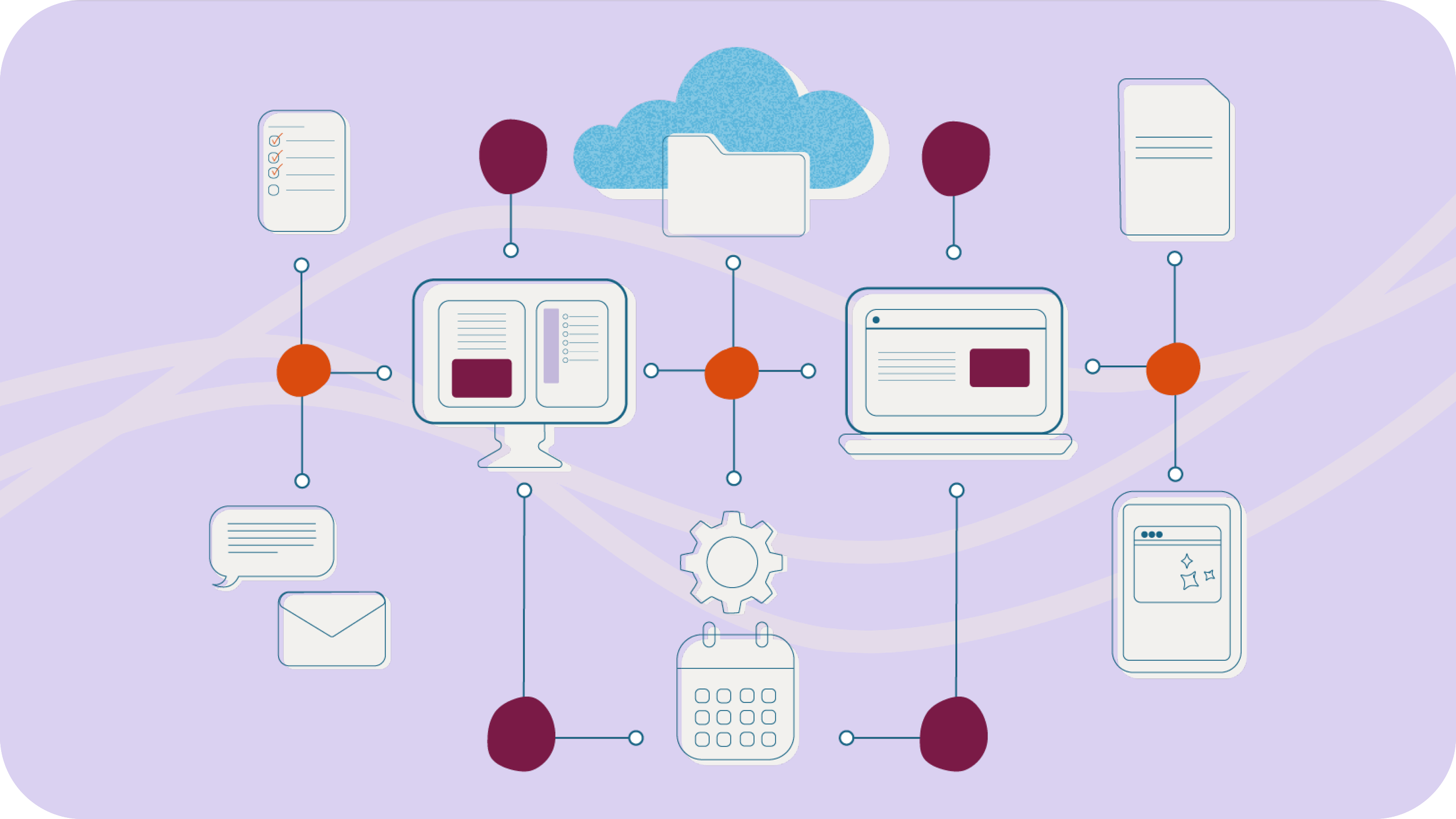A Beginner’s Guide to Building a Simple, Effective Travel Tech Stack
As a tour operator or DMC crafting unforgettable, high-end travel experiences, you’re probably no stranger to juggling a lot at once.
With technology evolving at lightning speed, it can feel overwhelming trying to figure out what you actually need and what will genuinely help — especially if you’re still running on spreadsheets, legacy tools, or disconnected systems.
But here’s the truth: building a streamlined, connected travel tech stack doesn’t need to be complex or frustrating. It can unlock serious benefits for your business, from saving time and reducing errors to improving customer experiences and even help to increase conversions.
Let’s break it down…
What is a travel tech stack? (and why does it matter?)
A travel tech stack is a combination of digital tools used to help run your business smoothly and efficiently.
Relying on outdated tools that don’t talk to each other can lead to wasted time, missed sales, duplicated work, and frustrated customers. A well-built tech stack helps you:
Automate repetitive tasks
Reduce human error
Keep your team on the same page
Deliver a high-end, seamless experience for your travellers
Where Do You start?
1. Audit What You’re Using Now
It’s a good idea to look at your current operations and take note of all the different tools you use in your day to day.
Ask yourself:
How do we build itineraries and quotes?
Where do we store customer information?
Is it easy to find the latest version of an itinerary or update customer details?
What are we using to track bookings or payments?
How do we manage enquiries?
What tools do we use to communicate with customers (and each other)?
Being able to pin point each tool you are using for every element of the business will help you later when it comes to prioritising the types of technology you want to incorporate or update within your business.
2. Spot the Gaps and Pain Points
Next, it’s time to take a step back and think about where things could be better and if you are experiencing friction in any areas of the business.
Ask yourself:
Are you repeating the same tasks across different platforms?
Is it hard to track conversations with clients?
Are you manually entering data in more than one place?
Do customers get delayed responses because internal communication is slow?
This step helps you clearly see what’s working and what’s not.
Highlight areas that feel clunky, slow, or confusing — especially those that impact your clients' experience. Rank them by priority so you can focus your attention on solving the most critical issues first.
3. Evaluate What You Need
Before diving into new software, think about these considerations:
Budget: What can you invest — and what kind of return could you expect?
Timing: When is your business quieter so you can test or onboard a new system?
Training: Will your team need help learning something new?
Integration: Can this tool work with your existing platforms, or will it add more friction?
Remember: A good travel tech tool should make life easier, not more complicated.
The Core Tech Tools Every Travel Business Should Consider
There are a lot of different options out there with new technologies and platforms joining the market every day. But you don’t need everything at once. Here are some key technologies that can have a big impact, especially when they work together:
CRMs (Customer Relationship Management systems): Helping you manage client interactions, track leads, store traveller preferences, and personalize communications to improve sales and customer service.
Itinerary Builders: Create detailed, visually appealing, and customizable travel itineraries, to delight and inspire travellers.
Sales and Operations Platforms: Manage bookings, schedule tours, and handle back-office tasks, improving efficiency and coordination.
Booking Engines: Online tools integrated on your website that let travellers browse available tours, check availability, and make bookings directly in real time.
Global Distribution Systems (GDS): Large-scale booking networks that connect you with travel agents and other distributors, allowing you to sell tours alongside flights, hotels, and other travel products.
Payment Providers: Secure services that let you accept and process payments from clients online, often supporting multiple currencies and methods e.g. cards, bank transfers and digital wallets.
Data Analytics Platforms: Analyse business performance, booking trends, customer behavior, and marketing ROI, and make data-driven decisions.
Travel Apps: Allow clients to access trip details, receive updates, and navigate their itinerary while traveling.
Email Service Providers (ESPs): Design, automate, and send email campaigns to prospective and past travellers, helping to nurture relationships.
At Spark we want to keep things simple and enable you to have the flexibility to tailor your system to your operational needs.
To find out more about how Spark can help you build stunning itineraries and streamline your operations - book a demo to speak to one our friendly team.

